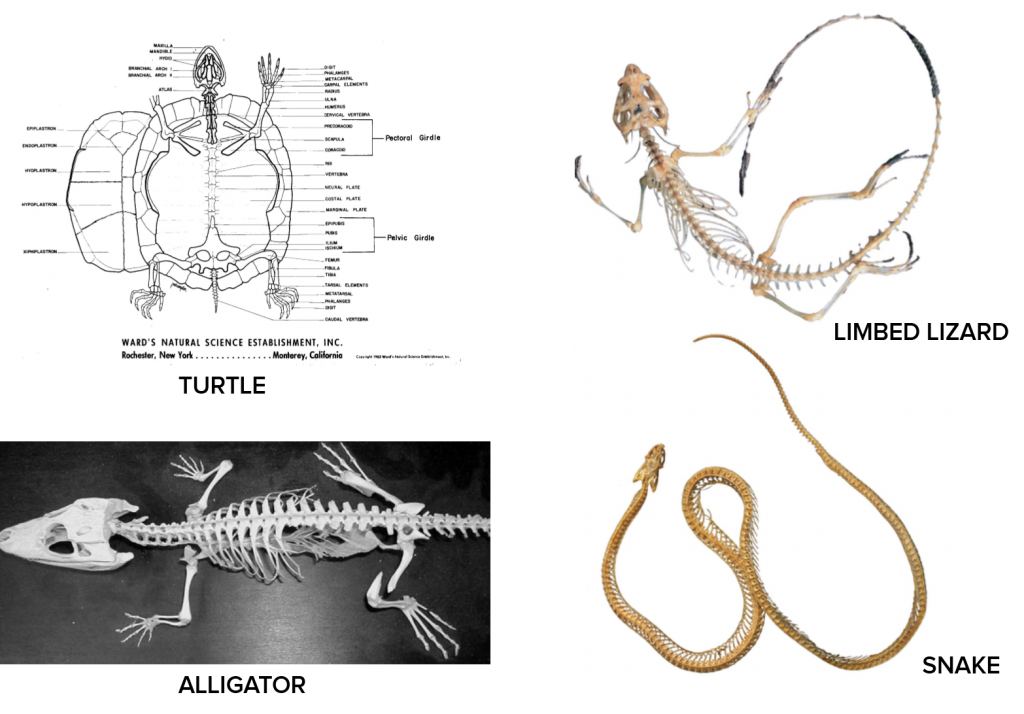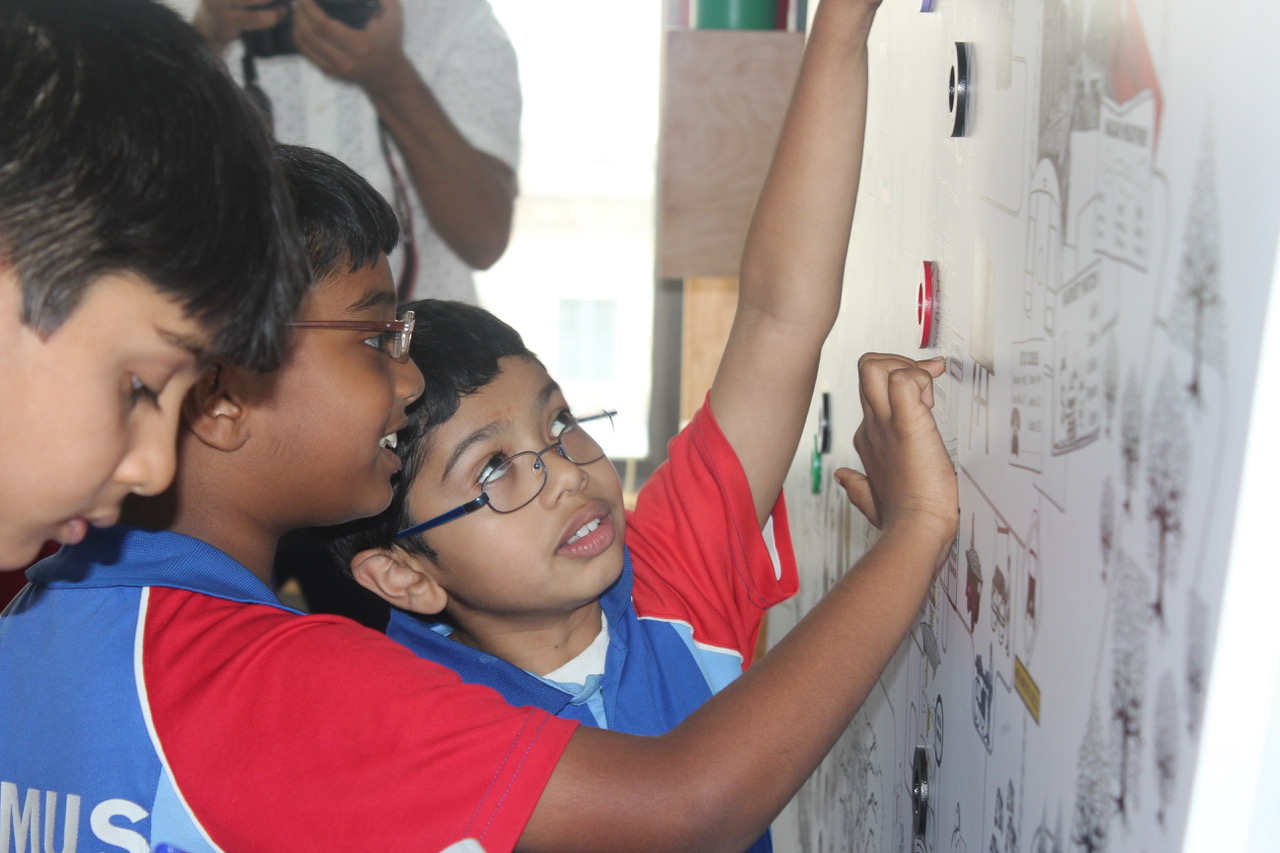The need of the hour
This story is from a few years ago. I was looking through some of my old writings and found this one. It makes a lot of sense now because teaching and learning are transitioning into new modes, unfamiliar to both teachers and students. Engaging students with curiosity and ensuring that they work independently will be the need of the hour.
Learning anew
“I didn’t know Sal trees had flowers”
“How can snakes have a backbone, ma’am?”
These statements were part of my conversation with my student.
As fate would have it, I was teaching IX & X grade Biology that year. My last serious academic involvement with Biology was in my XII grade. After that, it has only been many stimulating discussions and debates with my Biologist colleagues. However, this was the first time I was teaching Biology. I don’t have a Biologist’s experience of the subject, my perspective is a Chemist’s. So, this teaching assignment gave me an opportunity to learn Biology from a fresh perspective.
The students I taught to, did not require to be taught the content as such. The content was adequately covered in school. The students were also more than capable of independent reading and comprehension. What I did was engage them in discussion – asked them questions, insisted that they find the answers themselves, allowed them to explain and teach the concept to me. In this manner, I found myself being a true facilitator and this gave a glimpse into my students’ thought processes.
Learning is mutual
In one such session, we were discussing 5-kingdom classification and I asked my student to think of all plants and trees that he knew of and then classify them as monocots and dicots. He was allowed to use any reference or resource of his choice to complete this assignment. He knew the basics of which features to check for classification and the rest was up to him. He made a list of more than 30 plants and trees and classified them as monocots and dicots, independently. By the way, none of these examples appeared in his textbook. In this whole process he learned that, among other things, Sal trees had flowers. Both of us were pleasantly surprised that he came up with so many examples from his own experience. Following this conversation, I also actively noticed for the first time, flowers of Teak trees in my garden.
In the same lesson, when the discussion turned to vertebrates, he was stumped as to how snakes can have backbones. This led to an exploratory and humorous conversation on the nature of backbones.
In his imagination, the picture of a backbone was etched in the form of the human spinal column. I have to admit, I had not asked this question to myself before. I just accepted that reptiles are vertebrates and therefore they all have vertebral columns. Thanks to him, I was encouraged to learn more about the backbones of different vertebrates. Figure 1 shows the skeletal structures of some reptiles. We revisited this discussion in a subsequent session and we spent some time observing the differences in the backbone structures of different vertebrates.

References: https://www.nature.com/articles/nature14042
http://courses.washington.edu/chordate/453photos/skeleton_photos/
Autonomy provides confidence
These students were only familiar with certain methods of teaching and learning, they were used to getting answers to their questions. Their questions leading to more questions, and the compulsion to think independently and sustain a conceptual discussion was a new experience to them. I found them smiling and laughing a lot during these discussions, so I believe they enjoyed the experience. At the same time, I thoroughly enjoyed and learned immensely from this experience.
As teachers and parents, we often underestimate our students’ and children’s independent thinking abilities. We are so conditioned with providing ‘correct information’ that we lose sight of the true purpose of education. Students get used to this too and mostly run on autopilot. They listen to teachers, answer questions when asked, study what they are told to, and write answers in their exams. They get comfortable in this process and hardly use their cognitive abilities to the maximum extent. Not for the purpose of learning, anyway. When they are compelled to think for themselves, apply what they have learned, solve problems without distractions on a regular basis, they can surprise themselves and their teachers. Teachers, on the other hand, can learn a lot by allowing students to think independently and express their learning. That is the essence of a true facilitator.
As we continue to transition awkwardly into the new normal of living, it would be beneficial for teachers and parents to embrace a true facilitation mindset. The more we guide students to learn by thinking on their own, the better their experience will be and they will be better prepared for an uncertain future. It will also instill more confidence when compared to their passive involvement. I urge all parents and teachers to wear a facilitator’s hat when it comes to their children’s learning.
Dr. Soumya Sreehari
Latest posts by Dr. Soumya Sreehari (see all)
- To drink water or not to drink – that is the question - 11 June 2021
- Puzzles for fun and learning - 28 May 2021
- A questioning mind is a thinking mind - 14 May 2021
- Play and learn having fun with words - 7 May 2021
- 4 lessons to learn from the Montessori method - 30 April 2021

